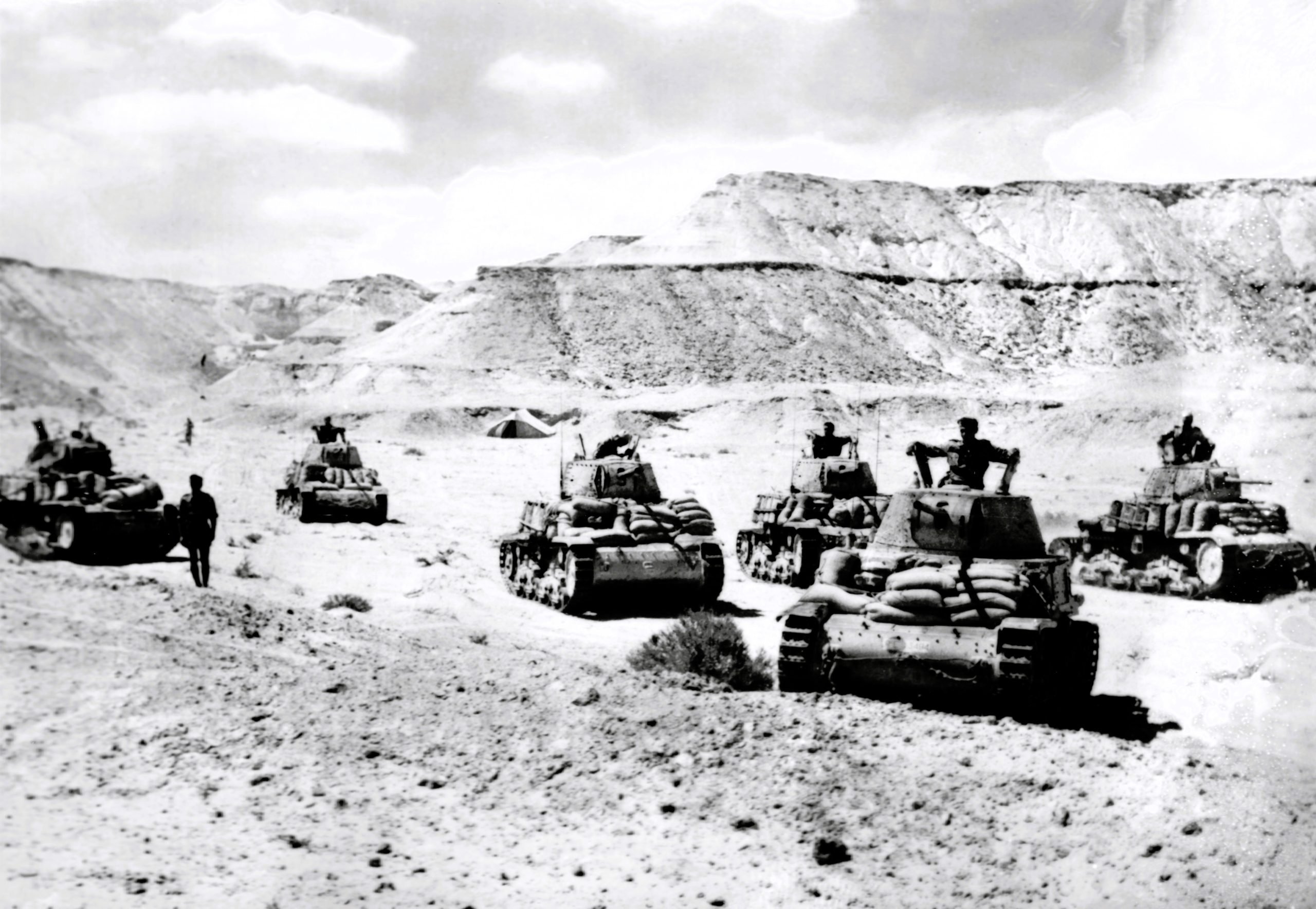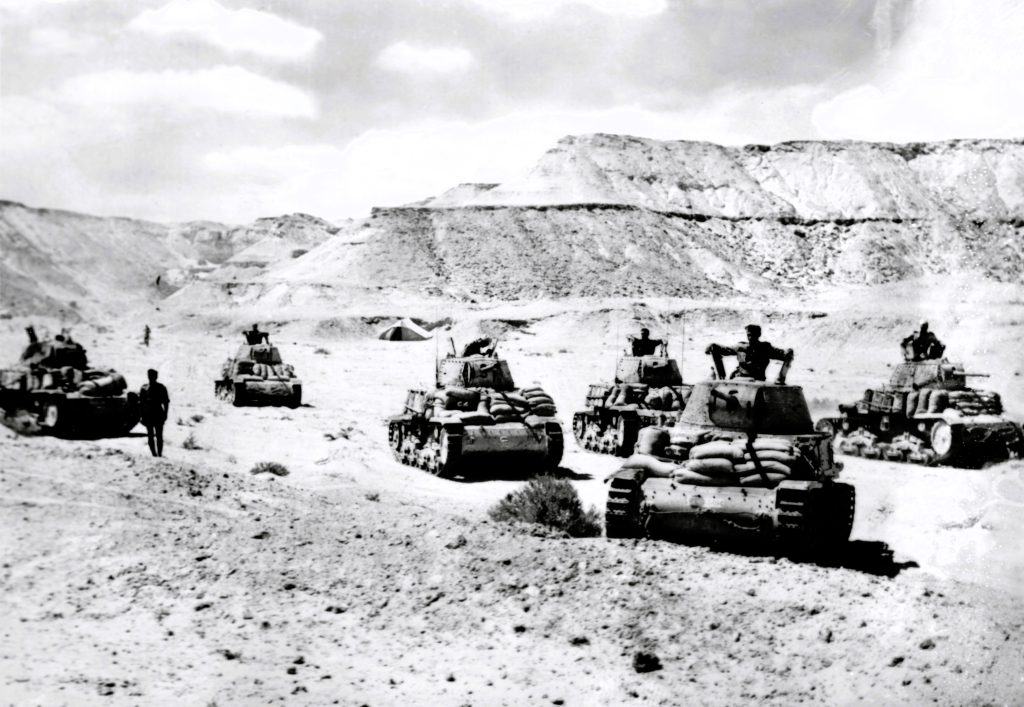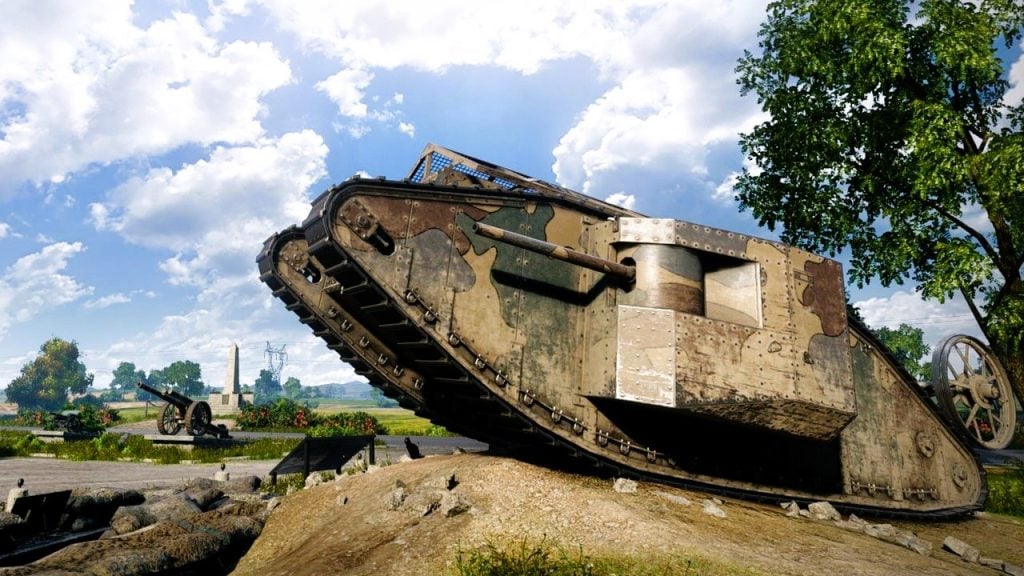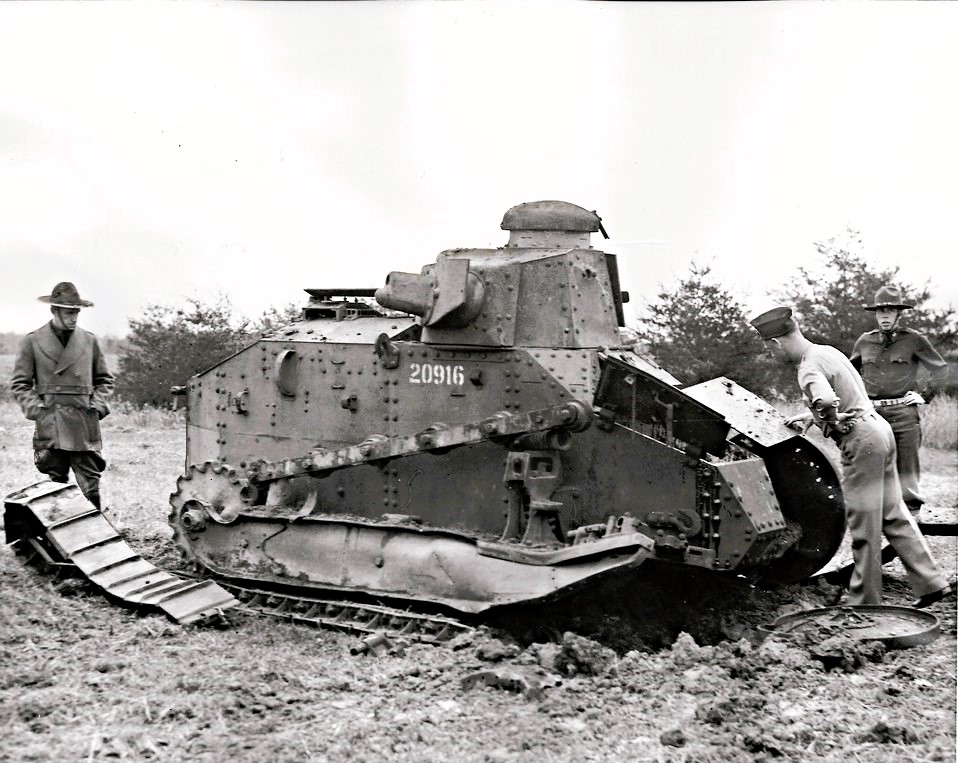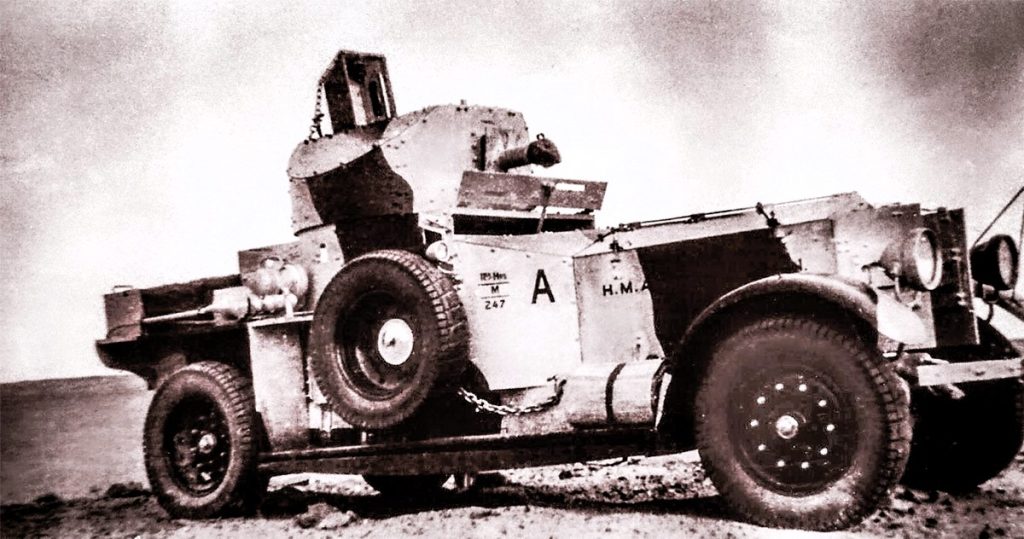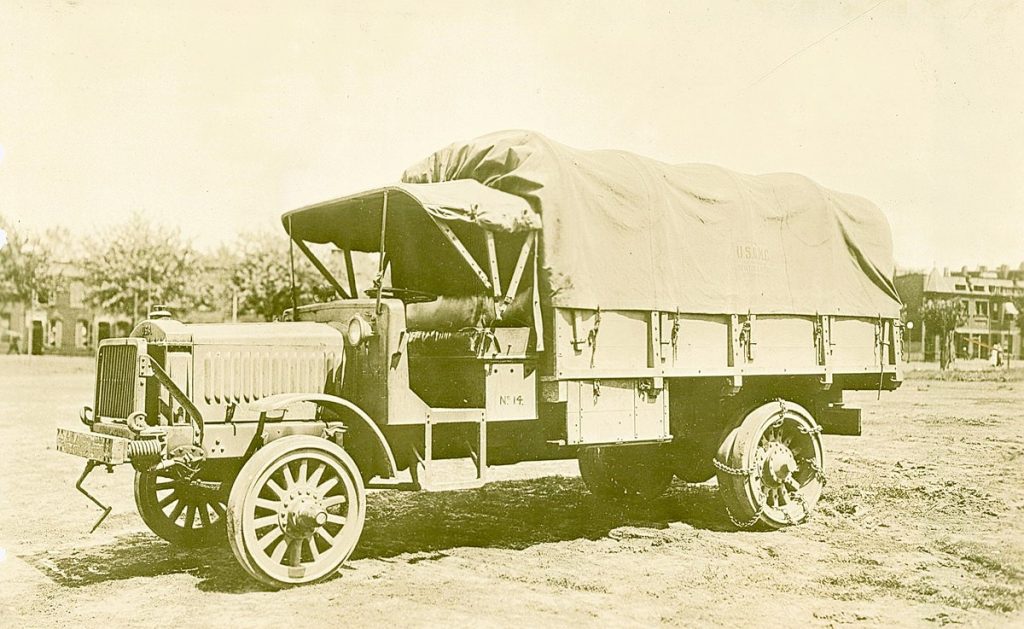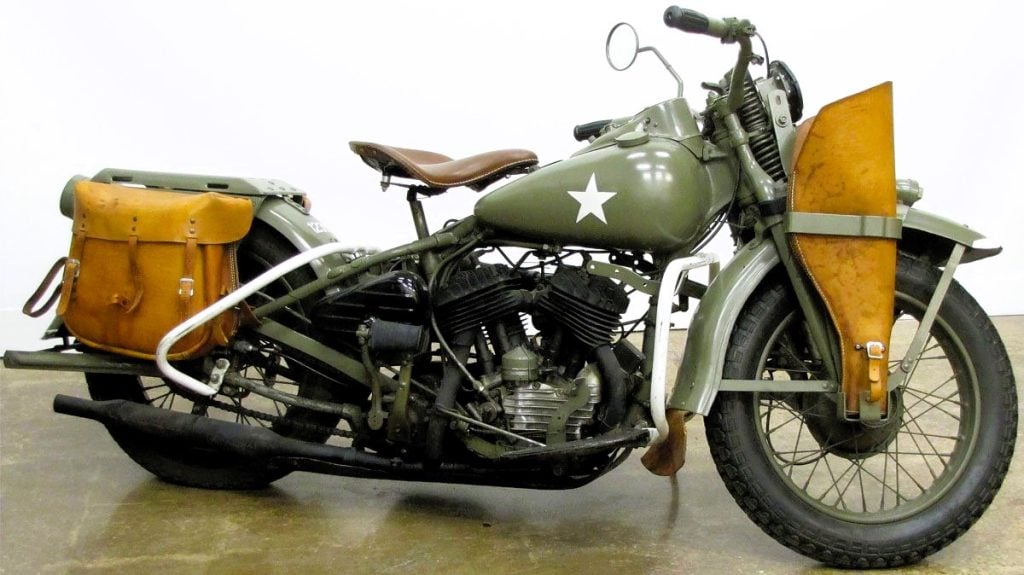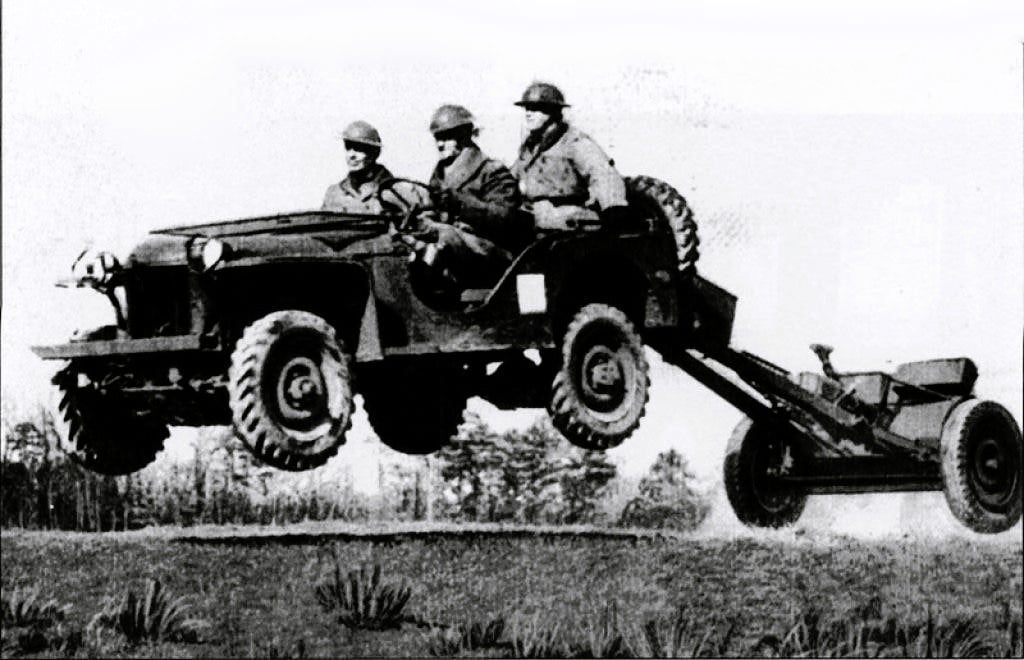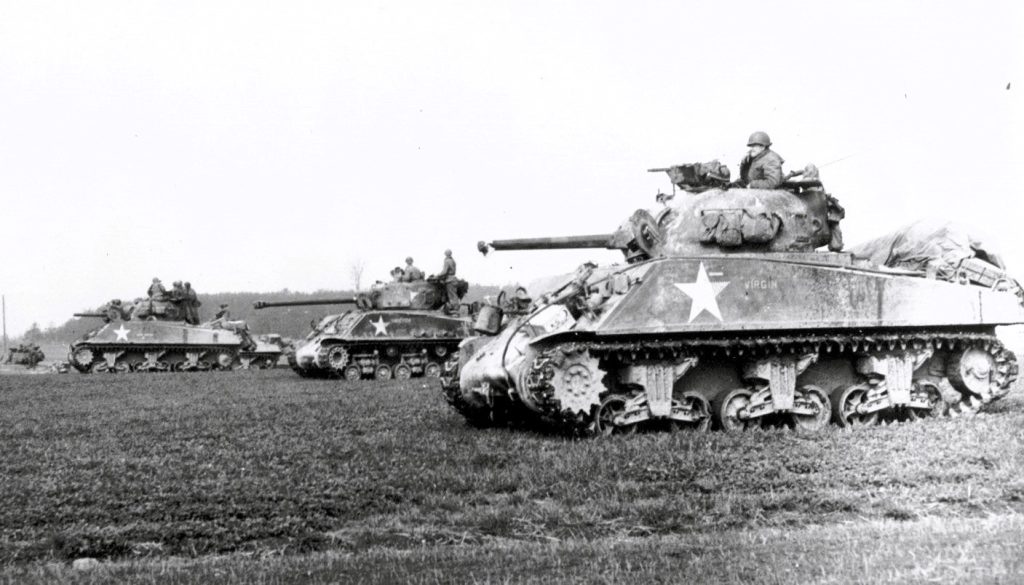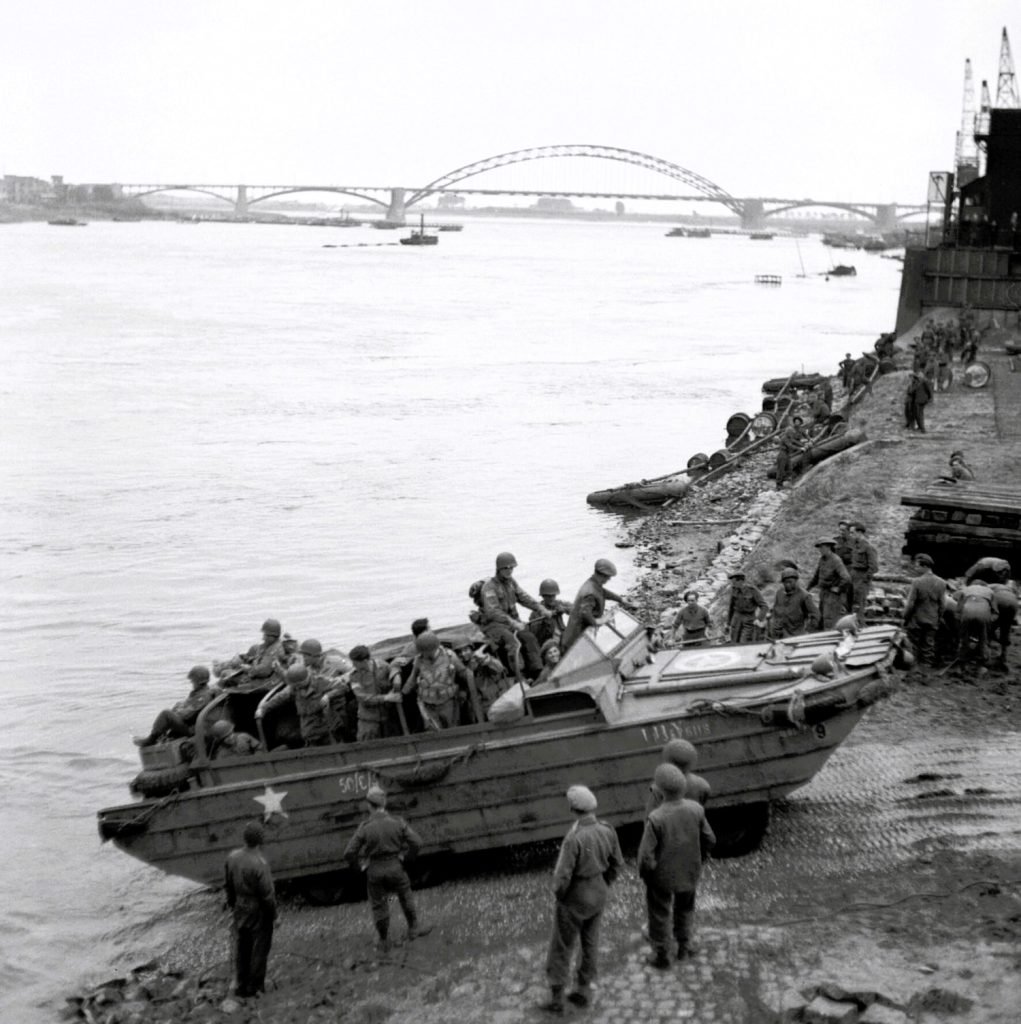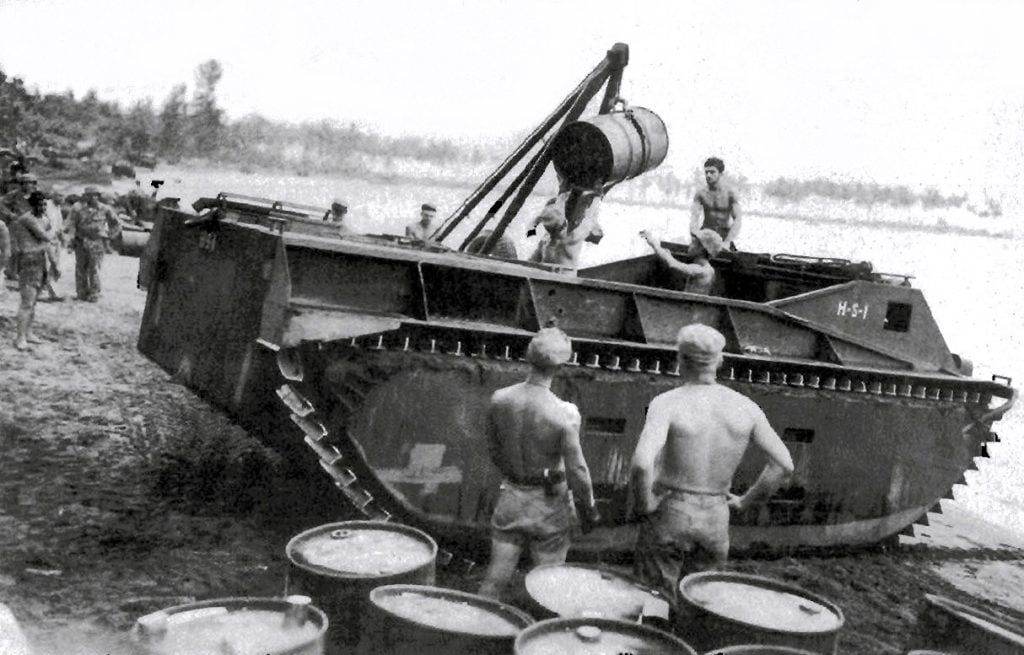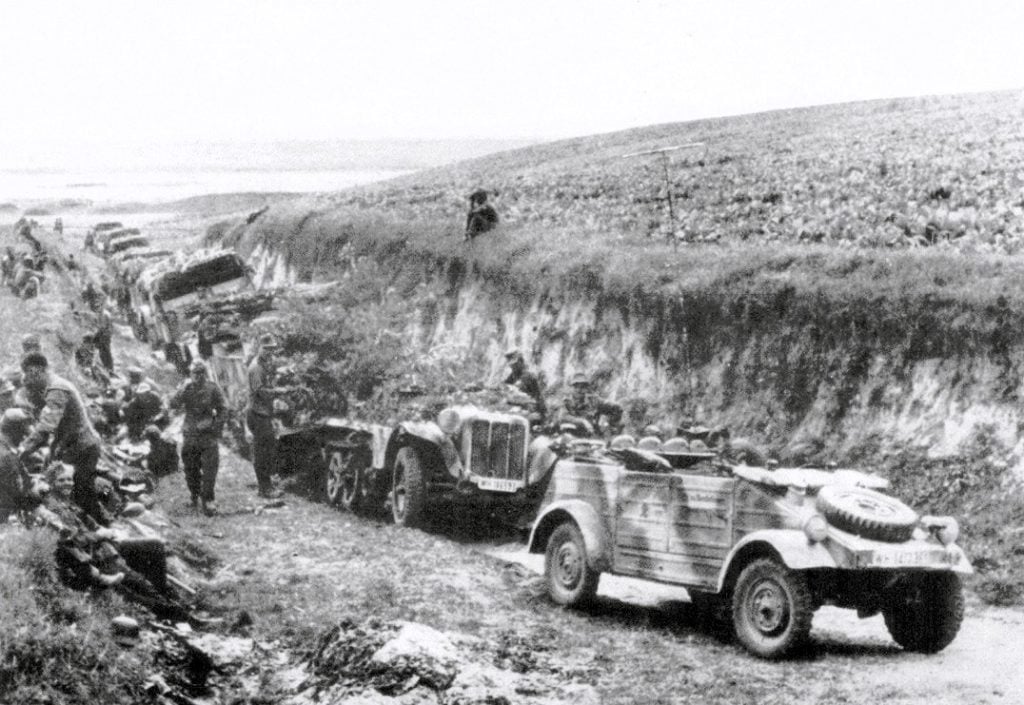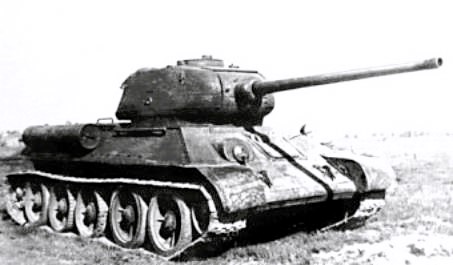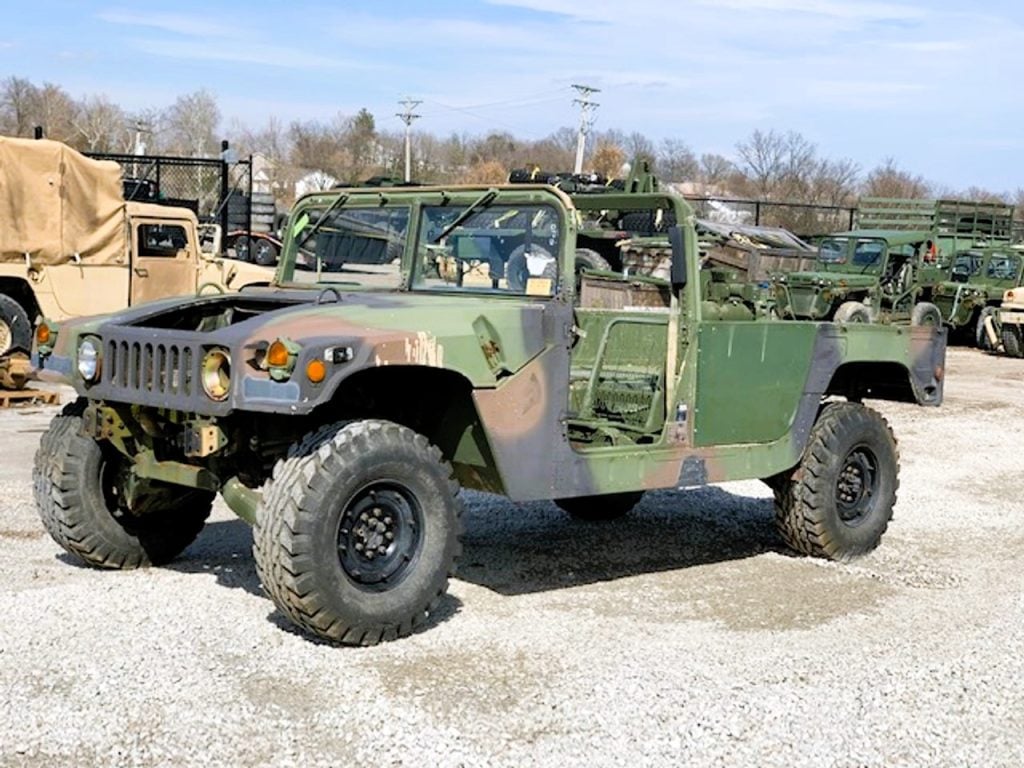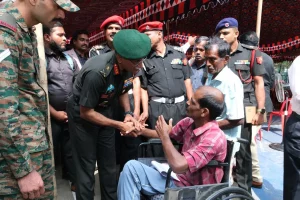The annals of military history are replete with tales of how technological advancements in vehicles have transformed the nature of warfare. From the treacherous trenches of World War I to the sprawling battlefields of modern-day conflicts, the role of military vehicles has been nothing short of pivotal. These engineering marvels have not only facilitated the movement of troops and supplies but have also tipped the scales of victory in some of the most momentous battles.
In this comprehensive article, we delve into the captivating narratives of the Military Vehicles That Changed How Wars Are Fought Forever. From the pioneering Mark I Tank that revolutionized the battlefield in World War I to the formidable Humvee that continues to serve as a versatile workhorse, these technological wonders have left an indelible mark on the annals of military history. Join us as we unravel the stories behind these game-changing machines and explore how their innovations have shaped the very fabric of modern warfare.
The Rise of Armored Vehicles in World War I
1. The Mark I Tank: Breaching the Trench Warfare Stalemate
As the Great War raged on, the Western Front had devolved into a grueling stalemate, with both sides entrenched in an endless cycle of trench warfare. The slightest movement could trigger a barrage of enemy fire, leaving soldiers trapped in their fortifications. It was in this context that the British Navy unveiled a revolutionary new weapon – the Mark I Tank. This armored behemoth, equipped with continuous tracks, was aptly codenamed “tank” to ensure its concealment.
The introduction of the Mark I Tank in 1916 proved to be a game-changer. These hulking machines, with their ability to traverse the treacherous terrain, provided British troops with a fighting chance. While the early models were plagued by mechanical issues, by 1918, over 2,500 Mark I Tanks had been deployed, turning the tide of the war. The sheer presence of these armored behemoths on the battlefield shattered the deadlock, paving the way for more mobile and decisive combat.
15 Most Expensive Future Weapons of the United States Military 2024
2. The Renault FT Light Tank: The First Rotating Turret
Not to be outdone, the French military also developed their own innovative tank design during World War I – the Renault FT light tank. This compact yet formidable machine boasted a key feature that would become a hallmark of modern tanks: a 360-degree rotating turret. This breakthrough allowed the Renault FT to engage targets with greater flexibility and precision, a capability that has since become standard in virtually every tank design.
Over 3,000 Renault FT tanks were deployed during the war, demonstrating the French military’s commitment to developing cutting-edge armored vehicles. The impact of this innovative design cannot be overstated, as it laid the foundation for the continued evolution of tank technology in the years to come.
3. The Rolls-Royce Armoured Car: Versatile Reconnaissance
While the British and French were pioneering the development of tanks, another military vehicle was making its mark on the battlefield – the Rolls-Royce Armoured Car. Improvised in 1914 by a Royal Naval Air Service squadron in Ostend, Belgium, these armored cars were equipped with machine guns and boiler plate armor, making them invaluable for reconnaissance and scouting missions.
Although not well-suited for the treacherous trench warfare, the Rolls-Royce Armoured Cars proved their worth in other types of combat. Their ability to quickly traverse diverse terrain and provide critical intelligence on enemy movements made them an indispensable asset on the Western Front. The success of these early armored cars paved the way for the continued evolution of reconnaissance vehicles in the years to come.
The Standardization of Military Vehicles in World War I
4. Liberty Trucks: The U.S. Military’s First Standardized Vehicle
As the United States entered World War I, the military recognized the need for a standardized transport vehicle to streamline production and maintenance. This led to the development of the Liberty Truck, a large 5-ton transport unit that would become the U.S. military’s first ever standardized vehicle.
The key innovation behind the Liberty Truck was its modular design, which allowed for mass production by multiple manufacturers. Unlike previous military vehicles, where each unit was custom-built, the Liberty Truck’s standardized parts and assembly process enabled 15 different companies to produce identical trucks. This not only improved efficiency but also ensured a steady supply of these vital transport vehicles to support the war effort.
The success of the Liberty Truck set the stage for the continued standardization of military vehicles, paving the way for more streamlined and cost-effective production in future conflicts.
5. Harley-Davidson WLA: The Most-Produced Military Motorcycle
While the Liberty Truck revolutionized military transport, another vehicle was making its mark on the battlefield – the Harley-Davidson WLA. Designed for quick maneuverability across diverse terrains, the WLA motorcycle became a crucial asset for communication and transportation during World War II.
With over 90,000 units produced, the Harley-Davidson WLA holds the record as the most-produced military vehicle in history. These nimble machines, often equipped with sidecars, allowed for rapid deployment of troops and the swift delivery of critical messages to frontline units. The WLA’s versatility and reliability made it an indispensable tool for the Allied forces, contributing to its widespread adoption across various theaters of the war.
The Jeep and the Rise of Multipurpose Military Vehicles
6. The Willys Jeep: “America’s Greatest Contribution to Modern Warfare”
As World War II unfolded, the military’s need for a versatile, all-terrain vehicle became increasingly apparent. The Willys MB, better known as the Jeep, emerged as the answer to this pressing requirement. Praised by General George C. Marshall, the U.S. Army’s chief of staff, as “America’s greatest contribution to modern warfare,” the Jeep proved to be a true workhorse on the battlefield.
Designed for a wide range of duties, from combat and patrol to medical evacuation and supply transport, the Jeep’s utility and maneuverability made it an invaluable asset. Its ability to traverse diverse terrains and provide protection for its occupants helped phase out the use of motorcycles and horses in warfare, solidifying the Jeep’s status as a game-changing military vehicle.
10 World’s Fastest Military Aircraft 2024
7. The M4 Sherman Tank: Quantity Over Quality
While the Jeep’s versatility revolutionized the role of light vehicles in warfare, the M4 Sherman Tank became the most widely used tank in history. With nearly 50,000 units produced, the M4 Sherman’s simple design allowed for mass production by multiple manufacturers, giving the U.S. troops a numerical advantage over their German counterparts.
Although the M4 Sherman lacked the same level of armor and firepower as some of its German rivals, its sheer numbers proved to be a decisive factor. The ability to quickly churn out these tanks enabled the U.S. to deploy them in overwhelming numbers, overwhelming the enemy with the weight of their assault. This strategy of prioritizing quantity over quality marked a significant shift in tank warfare, paving the way for the mass-production of military vehicles in subsequent conflicts.
Amphibious Vehicles and the Challenges of Mobility
8. The GMC DUKW: Bridging Land and Water
As World War II raged on, the need for efficient land and water traversal became increasingly crucial. The GMC DUKW, affectionately known as “The Duck,” emerged as a solution to this challenge. This partially amphibious vehicle, created by adapting a GMC 6×6 with a customized boat hull, allowed soldiers to seamlessly transition between land and water.
The DUKW’s ability to navigate both terrain and waterways proved invaluable, especially in Europe where bridges were often destroyed. These versatile vehicles facilitated the rapid movement of troops and supplies, enhancing the Allies’ tactical mobility and enabling them to outmaneuver the enemy. The DUKW’s innovative design and amphibious capabilities marked a significant advancement in military vehicle technology, paving the way for future generations of amphibious transport.
9. The LVT4 Landing Vehicle: Protecting Troops During Amphibious Assaults
Alongside the DUKW, another amphibious vehicle played a crucial role in the Pacific Theater of World War II – the LVT4 landing vehicle, also known as the “Alligator.” Designed specifically for amphibious assaults, the LVT4’s heavily armored body protected American troops as they stormed Japanese-held islands.
The LVT4’s ability to power over sharp reefs and provide a safe exit ramp for disembarking troops proved invaluable during these perilous landings. Its amphibious capabilities allowed it to transition seamlessly from sea to shore, delivering soldiers and supplies directly to the frontlines. The LVT4’s pivotal role in enabling successful amphibious operations underscores the importance of specialized military vehicles in overcoming the challenges of diverse terrain and environments.
Innovations in Armored Vehicles: From World War II to the Modern Era
10. The Volkswagen Type 82 Kübelwagen: Germany’s Versatile 4×4
While the Allies were developing innovative amphibious and transport vehicles, Germany was also contributing to the evolution of military technology. The Volkswagen Type 82 Kübelwagen, a rugged 4×4 vehicle, was designed to be resistant to various weather conditions, including the harsh Russian winter.
The Kübelwagen’s unique configuration and auxiliary fuel tank made it less susceptible to gunfire, allowing it to play a crucial role in multiple theaters of the war. Its ability to navigate diverse terrains and withstand the elements underscored the German military’s commitment to developing versatile and durable vehicles that could perform effectively in a wide range of combat scenarios.
11. The Formidable T-34: The Soviet Tank That Shaped the Eastern Front
One of the most significant military vehicles of World War II was the Soviet T-34 tank. Featuring a powerful 76.2 mm gun and armor capable of withstanding hits from existing anti-tank weapons, the T-34 was a formidable force on the Eastern Front. Its impressive capabilities were instrumental in repelling the German Army’s advance, turning the tide of the war in the Soviet Union’s favor.
The T-34’s impact on the course of the war cannot be overstated. Its sheer firepower and resilience made it a formidable opponent, forcing the Germans to adapt their tactics and develop new anti-tank weapons to counter this Soviet juggernaut. The T-34’s legacy as a game-changing tank continues to be celebrated, serving as a testament to the transformative power of military vehicle technology.
12. The Bradley Fighting Vehicle: Combining Durability and Firepower
Leaping forward to the Cold War era, the Bradley Fighting Vehicle emerged as a unique and versatile military vehicle. Designed for long-distance battles, the Bradley combined impressive durability with significant firepower, featuring both medium and long-range weapons.
The Bradley’s debut in the 1980s marked a significant advancement in infantry fighting vehicle technology. Its capabilities were put to the test during the First Gulf War, as well as in subsequent conflicts in Iraq and Afghanistan. The Bradley’s ability to withstand enemy fire while providing its occupants with the necessary firepower to engage targets at various ranges underscored the continued evolution of military vehicle design and its pivotal role in modern warfare.
The Humvee and the Rise of Multipurpose Military Vehicles
13. The Humvee: From Military Workhorse to Civilian Icon
The High Mobility Multipurpose Wheeled Vehicle, more commonly known as the Humvee, has become a ubiquitous symbol of military might and versatility. Introduced in 1989, the Humvee was designed to traverse diverse terrains while providing protection against various attacks, making it a valuable asset in a wide range of combat scenarios.
The Humvee’s utility and adaptability were quickly recognized, and it soon became a staple in the U.S. military’s arsenal. Its success on the battlefield led to the introduction of the civilian Hummer in 1992, further solidifying the Humvee’s status as a versatile and iconic military vehicle.
14. The Cougar 6×6 MRAP: Countering the Threat of Improvised Explosive Devices
As the War on Terror unfolded in Afghanistan and Iraq, a new threat emerged in the form of improvised explosive devices (IEDs). In response, General Dynamics developed the Cougar 6×6 MRAP (Mine Resistant Ambush Protected) vehicle to provide enhanced protection for troops.
The Cougar 6×6 MRAP’s ballistic and explosive attack resistance, coupled with its ability to accommodate up to 10 passengers, made it a crucial asset in combating the IED threat. Its robust design and advanced safety features underscored the military’s commitment to developing vehicles that could withstand the evolving challenges of modern warfare, ensuring the safety and mobility of its personnel.
10 Famous Personalities Held Highly Designated Posts In The Indian Army
Conclusion
The evolution of military vehicles has been a testament to the ingenuity and adaptability of human engineering. From the pioneering Mark I Tank that revolutionized the battlefield in World War I to the formidable Humvee that continues to serve as a versatile workhorse, these technological wonders have left an indelible mark on the course of warfare.
Each of the vehicles highlighted in this article represents a significant milestone in the history of military technology, showcasing how advancements in vehicle design have transformed the very nature of combat. Whether it was the Renault FT’s innovative rotating turret, the Liberty Truck’s standardized production, or the Cougar 6×6 MRAP’s ability to counter the threat of IEDs, these military vehicles have consistently played a pivotal role in shaping the outcome of conflicts.
As we look to the future, it is clear that the importance of military vehicles will only continue to grow. With the ongoing development of autonomous systems, advanced armor, and enhanced mobility, the next generation of military vehicles promises to redefine the very nature of warfare. By understanding the transformative impact of these technological marvels, we can better appreciate the critical role they have played in the annals of military history and the profound influence they will continue to wield in the conflicts to come.
FAQs
Q1. What was the most-produced military vehicle in history?
The Harley-Davidson WLA motorcycle holds the record as the most-produced military vehicle, with over 90,000 units manufactured from 1940.
Q2. Which tank was instrumental in repelling the German Army from the Eastern Front during World War II?
The Soviet T-34 tank, featuring a powerful 76.2 mm gun and armor capable of withstanding hits from existing anti-tank weapons, played a crucial role in repelling the German Army’s advance on the Eastern Front.
Q3. How did the Willys Jeep contribute to the evolution of military vehicles?
The Willys MB, commonly known as the Jeep, was praised by General George C. Marshall as “America’s greatest contribution to modern warfare.” Its versatility and maneuverability made it an invaluable asset, helping to phase out the use of motorcycles and horses in warfare.
Q4. How did the GMC DUKW and LVT4 landing vehicle address the challenges of mobility in World War II?
The GMC DUKW, a partially amphibious vehicle, allowed soldiers to seamlessly transition between land and water, enhancing tactical mobility. The LVT4 landing vehicle, with its heavily armored body, protected troops during perilous amphibious assaults on Japanese-held islands in the Pacific Theater.
